
Southern gardeners in Zones 8 to 11 often wonder what, exactly, is winter? We get no (or rare) freezing weather. A light snowfall can make news headlines. For the most part, wintertime chores just mean trying to get everything done with shorter days to do it.
It certainly doesn’t mean an end to our gardening!
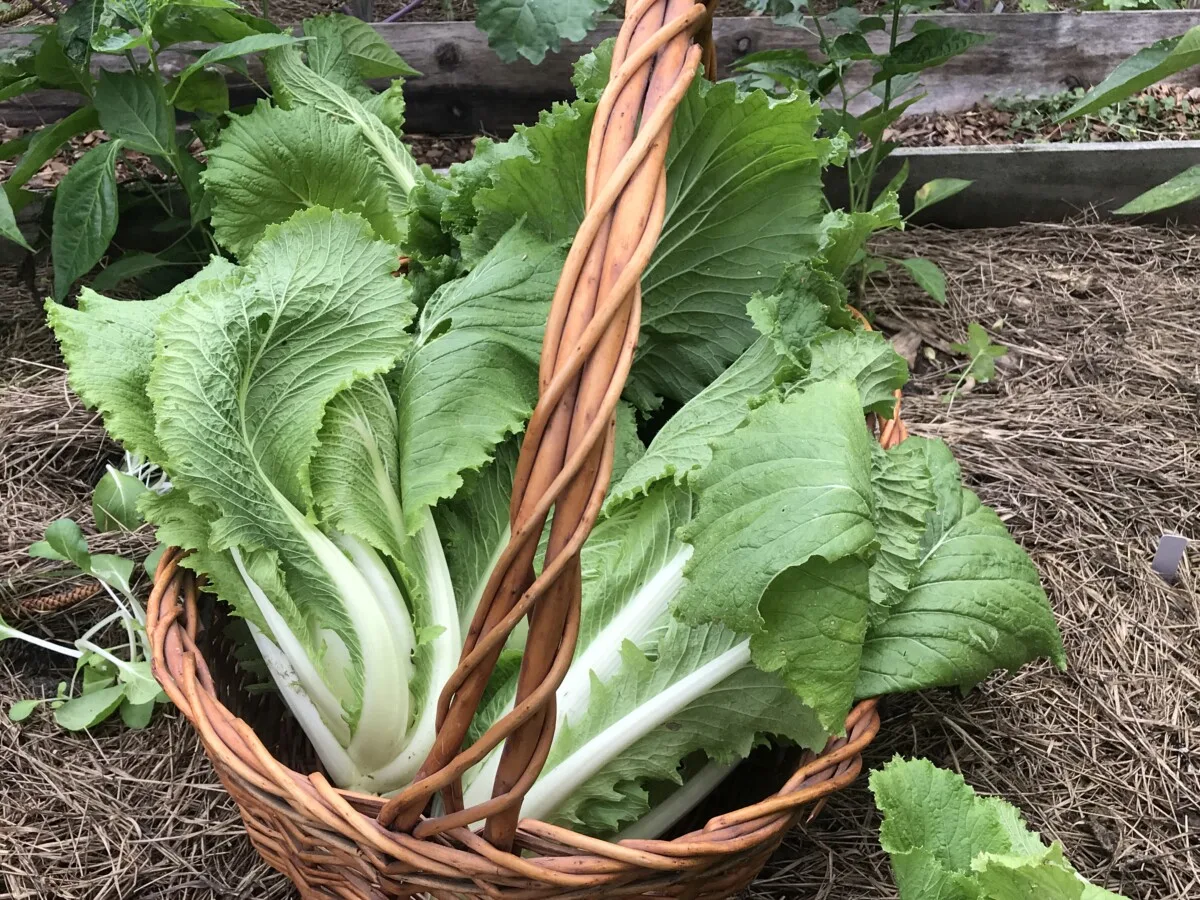
Fall through early spring are some of the most prolific months of the gardening year. Our winters are mild enough to grow many of the most popular and familiar vegetables.
The cooler, drier weather also means that working outdoors is a joy rather than a test of endurance.
While there are several definitions of “The South,” for this list of wintertime chores for Southern gardeners, I focused on Zones 8-11. This includes states around the Gulf of Mexico and along the Southeast Atlantic coast, from the Carolinas, down to Florida, and across the gulf to southeast Texas.
Know Your Zone
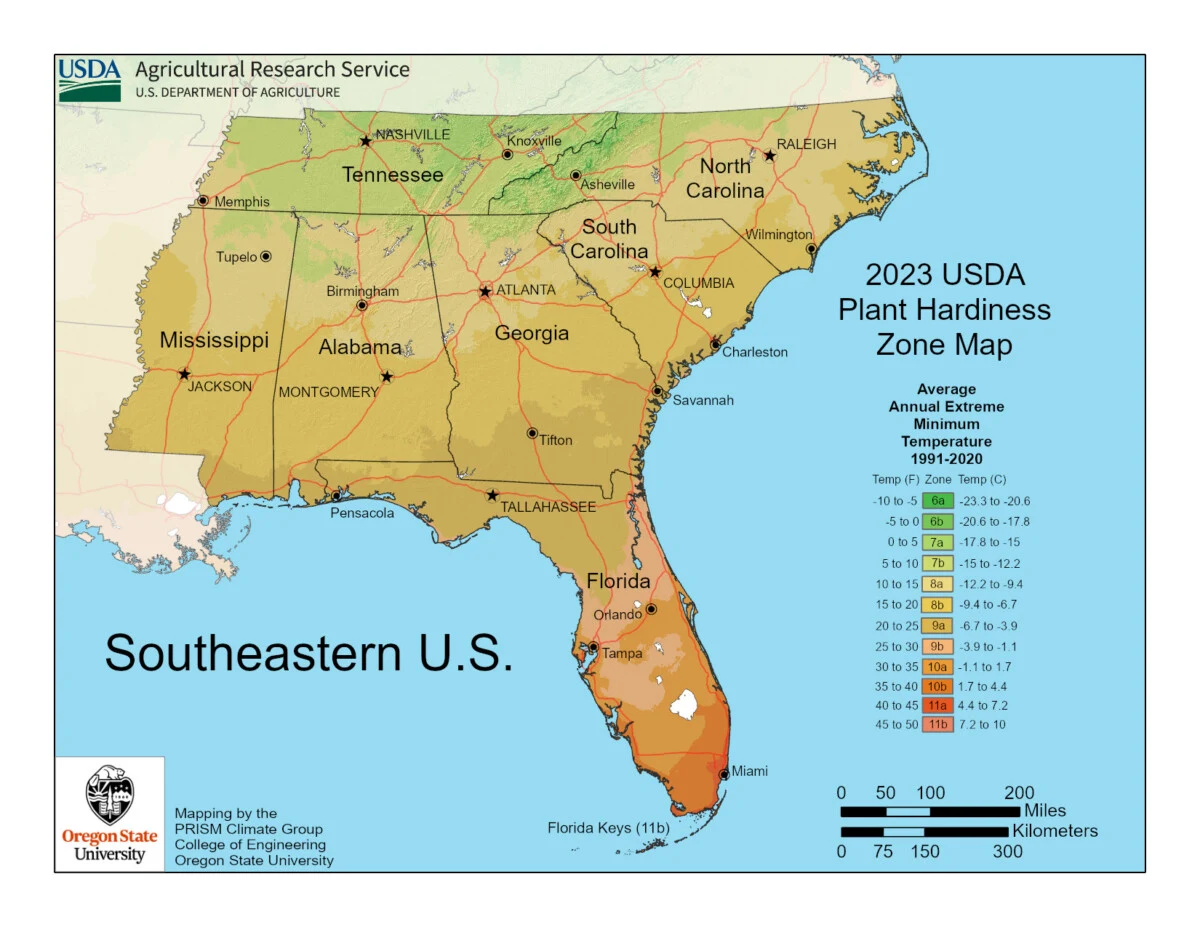
The USDA publishes a hardiness zone map for the U.S. that is updated every 10 years. Recently, they updated the map for 2023, and many gardeners now find themselves in a “warmer” growing zone.
The new map reflects a trend of warmer weather and later frost dates.
With this in mind, it’s a good idea to check the new map before planning your wintertime chores in the garden.
While this map is only a reflection of what we gardeners can feel in our bones every time we dig dirt, you may feel somewhat liberated when it comes to your garden over the next four or five months.
Southern Winter Weather
The transition from fall to winter in the South is barely perceptible. The downside is that it’s so easy to forget that winter is a factor in your garden. You may not even realize you forgot to sow your winter brassicas until you discover that all the gardening supplies have been replaced by Christmas décor in your local big box store.
The good news is that the weather is very accommodating. Even though it is “winter,” the earth is closer to the sun. So, while it may get a little chilly at night, clear skies can mean warm, sunny days for you and your plants.
So, “wintertime chores” are a pretty subjective thing in the Southeastern U.S. In light of this, I’ll divide these chores into Early, Mid, and Late Wintertime chores.
Early Wintertime Chores
Some chores to complete around the garden at this time of year include:
1. Grow and Plant Cool Season Crops
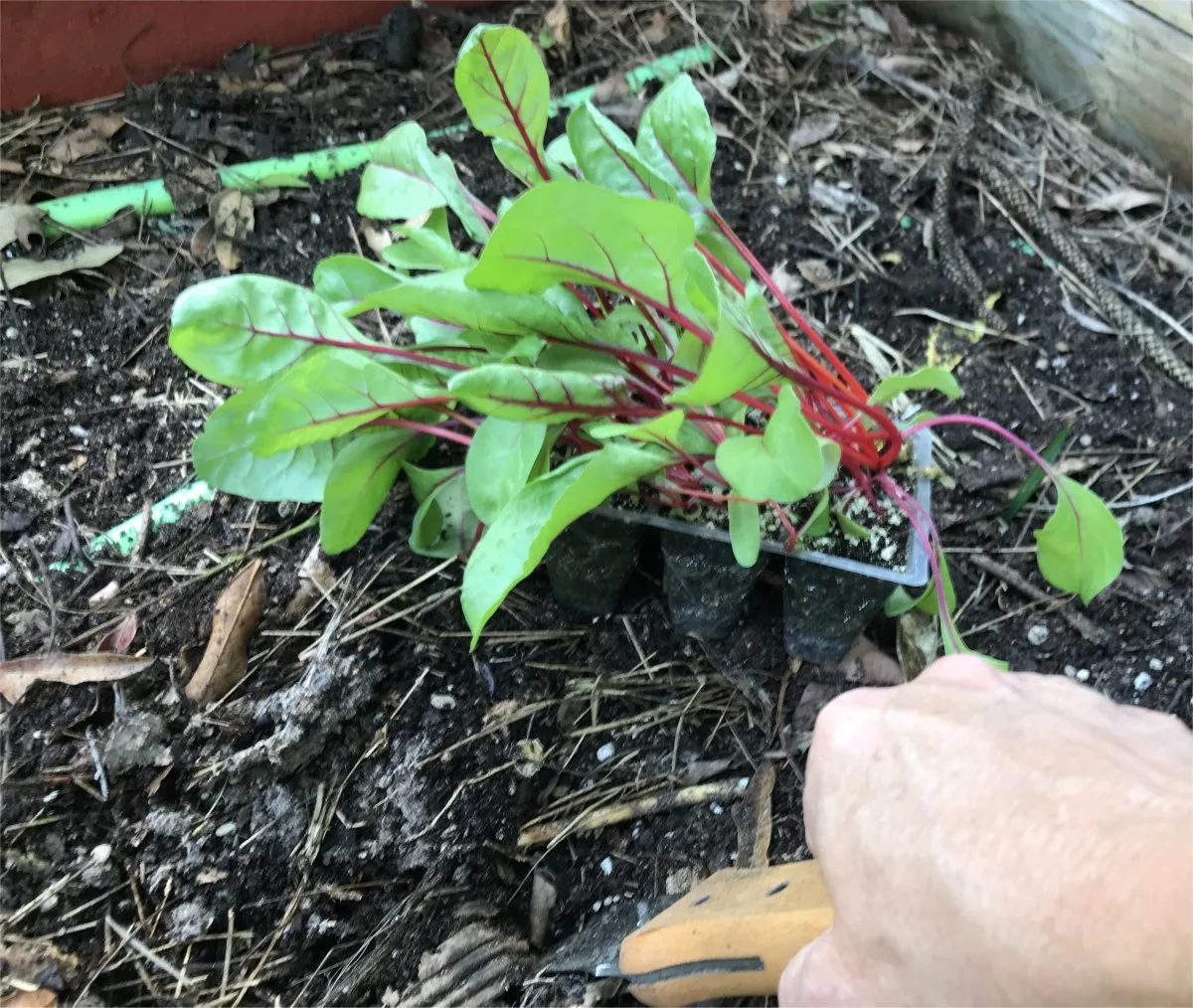
Many gardeners in the South start planting out cool-season annual crops in the fall. However, because of the mild winter and extended growing season, you can also plant them throughout the winter.
Start sowing cool-season vegetables and herbs in the early fall — but you don’t have to stop there.
Sowing and planting out in succession provides a regular harvest throughout the winter months.
Most cool-season crops thrive when planted any time between September and March. These include brassicas like cabbage, broccoli, and Asian greens. Root vegetables grow well over winter, including carrots, rutabaga, and turnips. It’s also the only time of year when English peas will grow.
Sow peas and root vegetables directly. However, starting the other seeds in cell trays or soil blocks allows you better control of planting locations. In this way, you can make the most of your garden by adding new starter plants as harvesting opens up more space.
I normally sow a few blocks of cool-season vegetables every three or four weeks over the winter to plant out in succession from September through March.
2. Start Culinary Herbs Indoors / Undercover
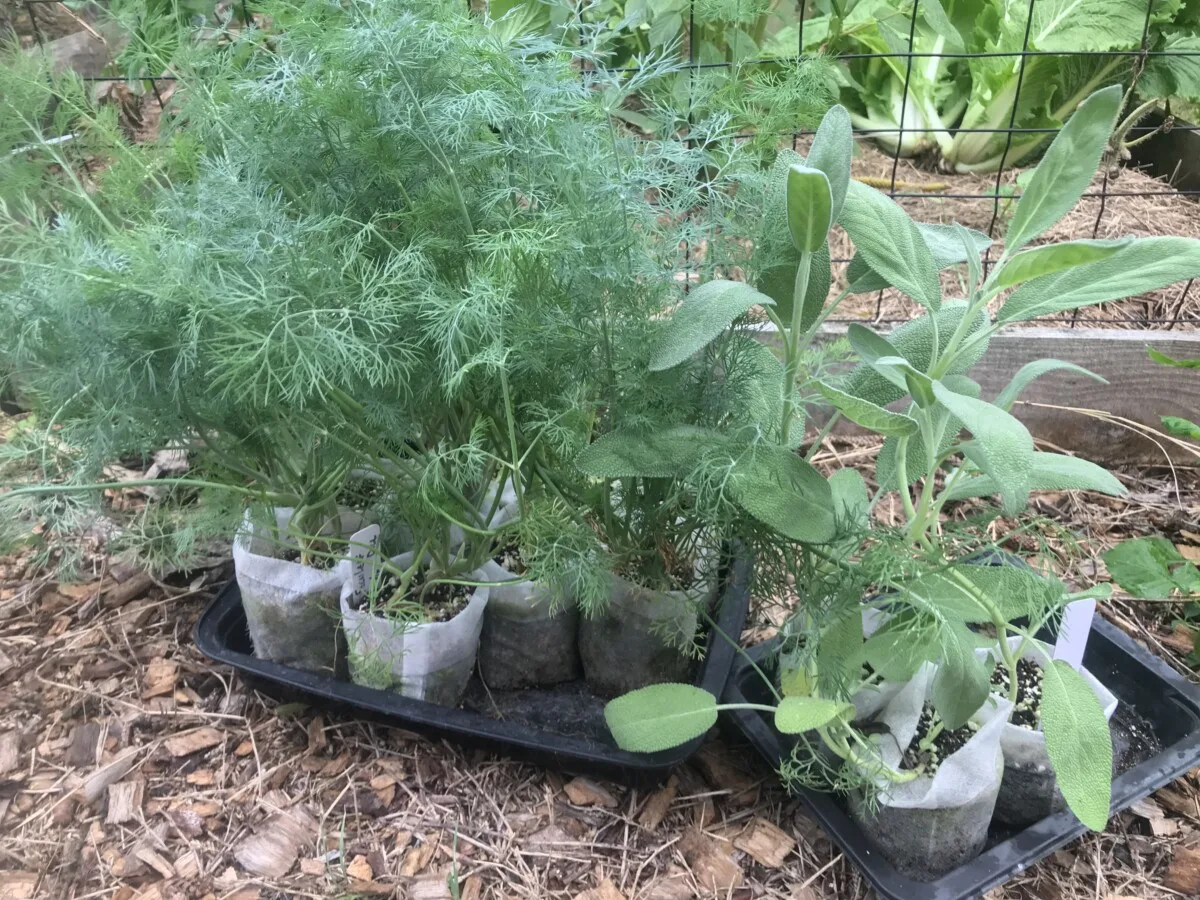
Many culinary herbs originated in the warm Mediterranean region. While they appreciate our heat, they tend to suffer during our damp summers. Start seeds for thyme, rosemary, oregano, and other perennial herbs indoors or under cover to plant out in early spring when the weather is drier.
3. Plant Alliums
Many southern gardeners have mixed results with onions, garlic, and leeks, but it’s worth trying if you have the extra space.
Bulb Onions (Allium cepa): The best varieties for the southern garden are short-day varieties, particularly Granex types. Plant onion sets or transplants in the late fall or early winter.
Garlic (Allium sativum): Choose softneck types for best results, including Thermadrone and Lorz Italian. Plant garlic cloves in November or December.
Green Onions (Allium fistulosum): Green onions may be the easiest to grow in hot climates. You can plant them from fall through spring. Look for Evergreen bunching or Tokyo Long White varieties. Plant in the early winter for a spring harvest.
4. Plant Strawberries
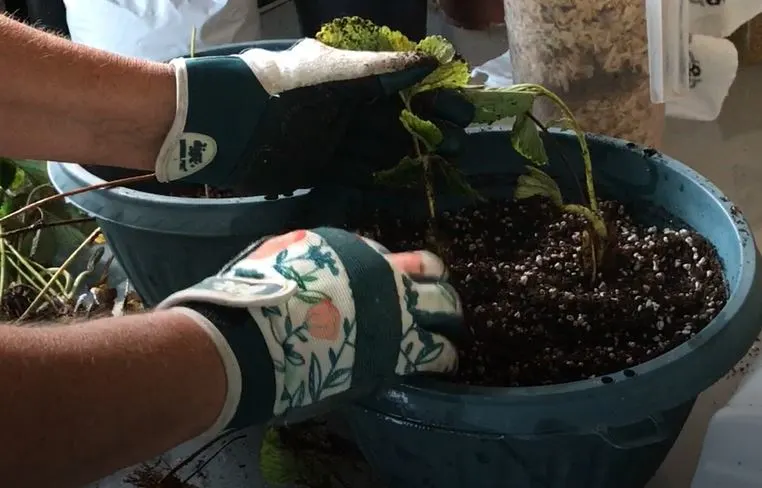
In the warmer climates of the southern U.S., strawberries are grown as annuals over the winter. You will need a very specific type of strawberry plant, though.
Look for Brilliance, Festival, Radiance, or Sweet Charlie. These are short-day varieties and distinct from everbearing or day-neutral types grown in temperate climates.
Short-day varieties will fruit from December through April.
Purchase short-day varieties from local nurseries and “you-pick” farms. To save money, look for bare-root plants, but note that you may need to preorder these in the fall. If bare-root plants aren’t available, you should be able to find them already potted up and ready to plant.
Plant them where they’ll receive 6 to 8 hours of sunlight a day, in the garden or in containers. Keep the soil moist and mulch to keep the berries clean and free from disease and blemishes.
To prevent damage to the flowers and developing fruits, cover them with a frost blanket (even an old sheet will do) if nighttime temperatures drop below freezing.
5. Harvest and Cure Sweet Potatoes and Boniato
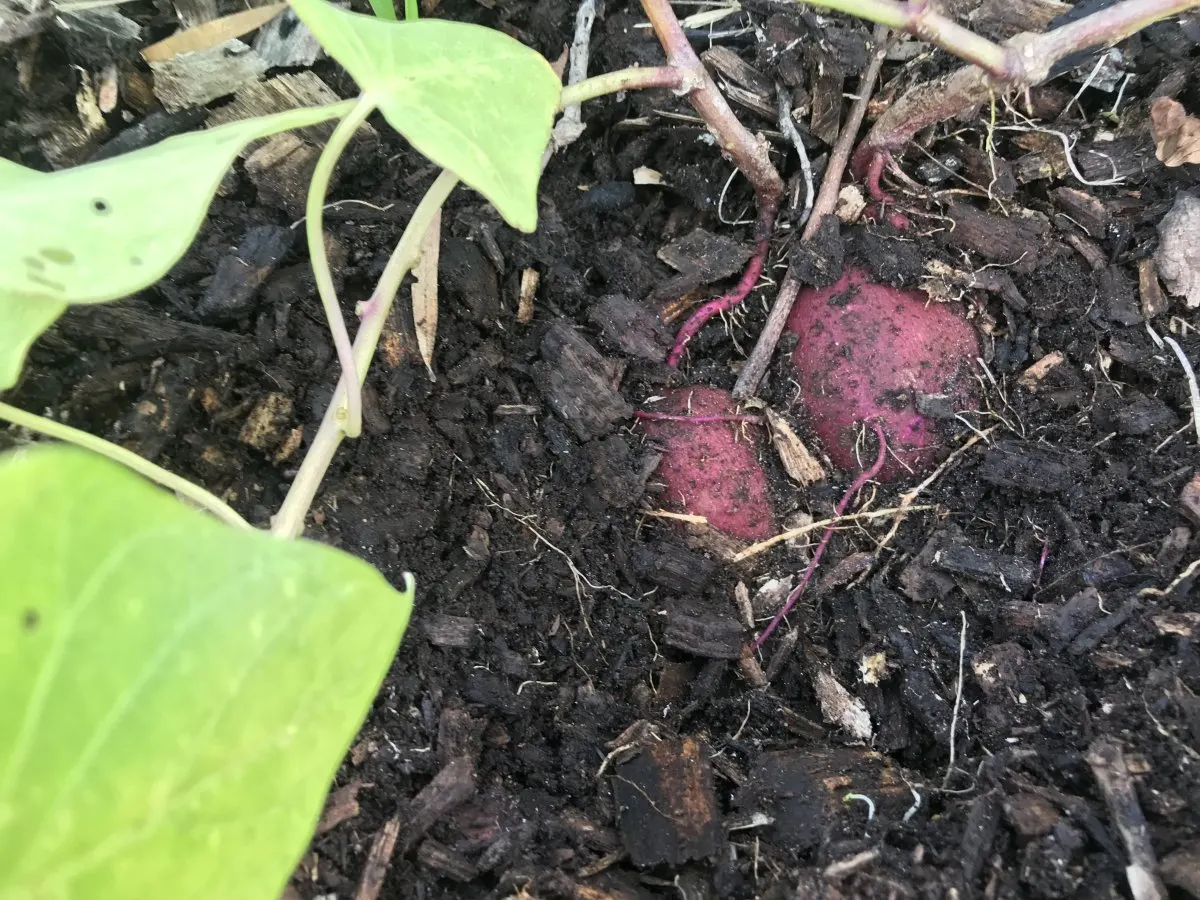
Make sure you harvest your sweet potatoes or boniato by mid-winter. You’ll want to make sure you have at least two weeks for them to cure before holiday meals. The foliage may begin to yellow and die back when the tubers are ready to harvest.
Gently dig around the base of the sweet potato plant to reveal the growing sweet potatoes. Dig down gently with a garden fork and loosen the soil.
Carefully lift the sweet potato tubers from the loosened soil. Be gentle to avoid damaging the skin. Set aside damaged ones for immediate consumption since they won’t store well. Set aside those that are too small for eating for replanting.
Curing Sweet Potatoes
Curing your sweet potatoes improves their flavor and storage life. Find a warm, humid area with temperatures around 80-85°F (27-29°C) with high humidity, such as a greenhouse or laundry room.
Gently brush off excess soil from the harvested sweet potatoes, but do not wash them. If possible, lay out the sweet potatoes in a single layer to cure. You can also place them in a net bag with crumpled newspaper between them.
Allow them to cure for about 10-14 days. During this time, the skins will thicken, which improves their shelf life. The natural sugars will develop, which enhances their flavor.
After the curing period, store your sweet potatoes in a cool, dark, and dry place.
Mid-Wintertime Chores for the Garden
Plant growth can slow in December, even in the warmest parts of the south. There is less of a rush to get cool-season crops into the ground until after the solstice when days begin to lengthen again.
So, while you’ll still need to tend your plants, there isn’t as much to do as during the earlier days of winter.
It’s a good time to start cleaning up around the garden.
6. Clean Up Fall Garden Foliage
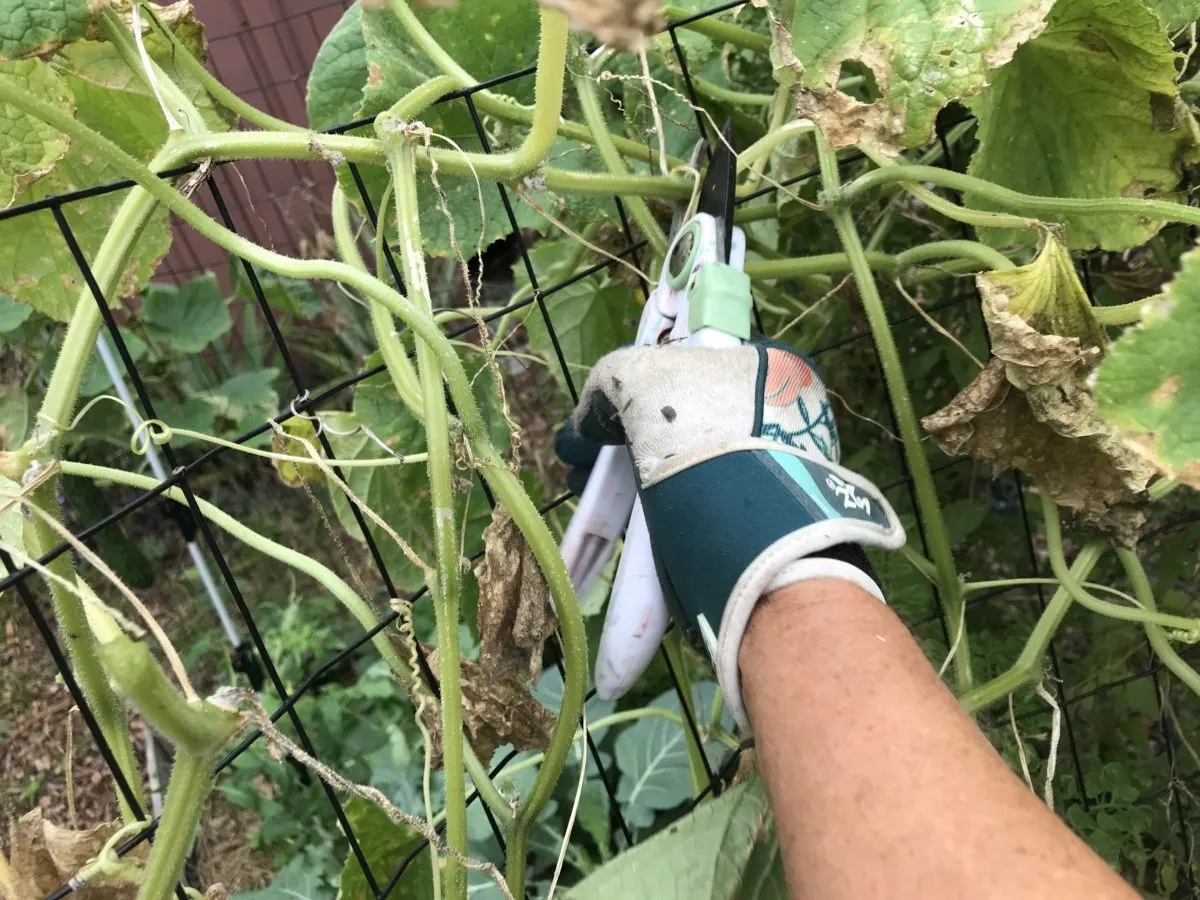
The transition from fall crops to winter crops is never quite as starkly obvious as when the former begins to die off. This makes it the best (and easiest) time to cut back any dead plants and spent foliage in your garden.
It doesn’t just look better — it also improves airflow around the remaining plants and allows them exposure to more sunlight.
Melons have usually outlived their best lives by the end of November. Cucumbers live fast and die young. There’s no point trying to keep them alive, even if the weather remains warm. You’re better off planting new ones if you live in a subtropical zone.
Compost the expired plants. Any under-developed fruits will be welcomed by chickens and composting worms.
7. Managing Sunlight
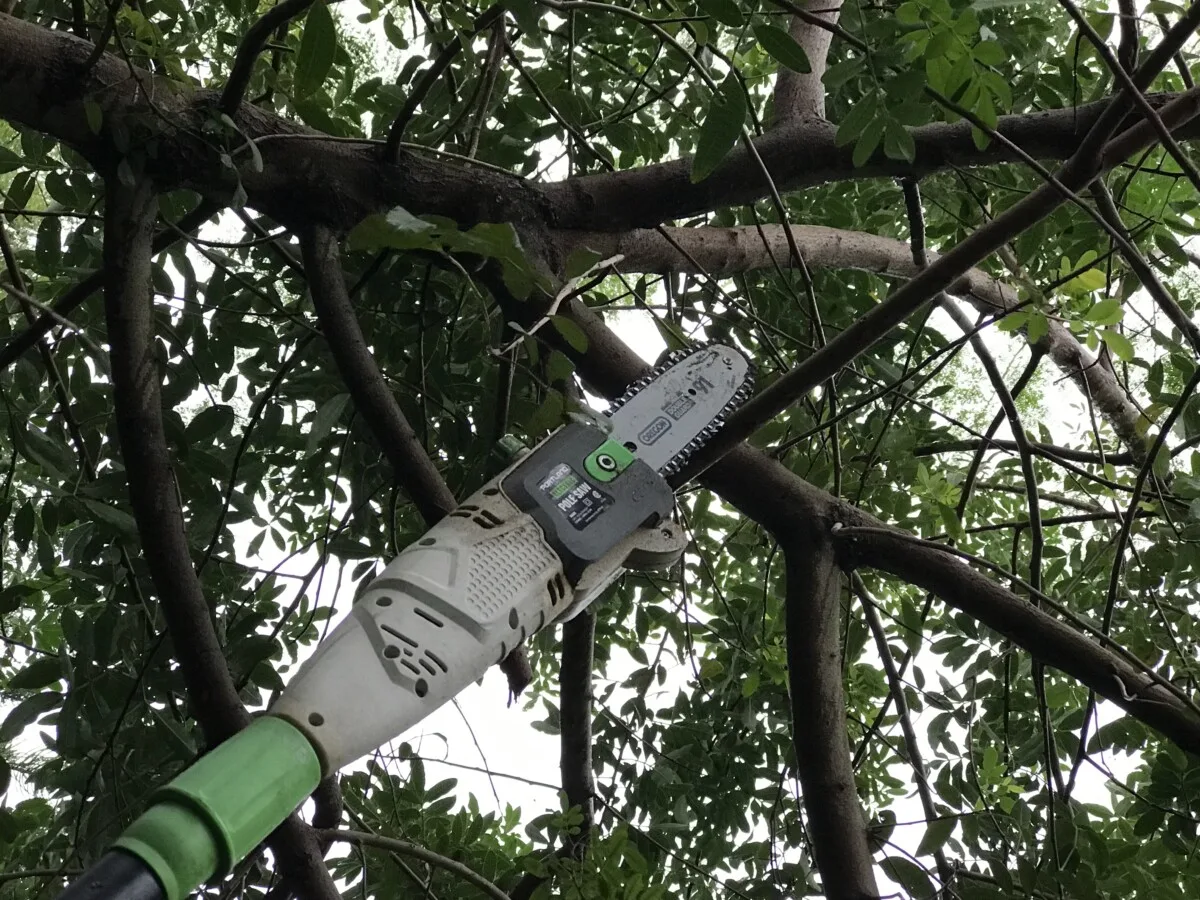
One of the fundamental skills required for gardening in the South is learning how to manage sunlight exposure in your garden. In spring, you want to make sure there are fast-growing plants that will grow tall and provide shade for more tender vegetables before June.
In winter, it’s time to reverse-engineer that process. Once the days get shorter, you may need to trim back overhanging tree branches or overgrown bushes to let more light into your garden. Fortunately, this is also the time of year when working outside is a much more pleasant prospect.
My daughter and I trim back trees every winter to increase the amount of productive growing space in the garden. Afterward, we stack the branches and allow them to dry out so the leaves drop off naturally, so I can use them for compost or mulch.
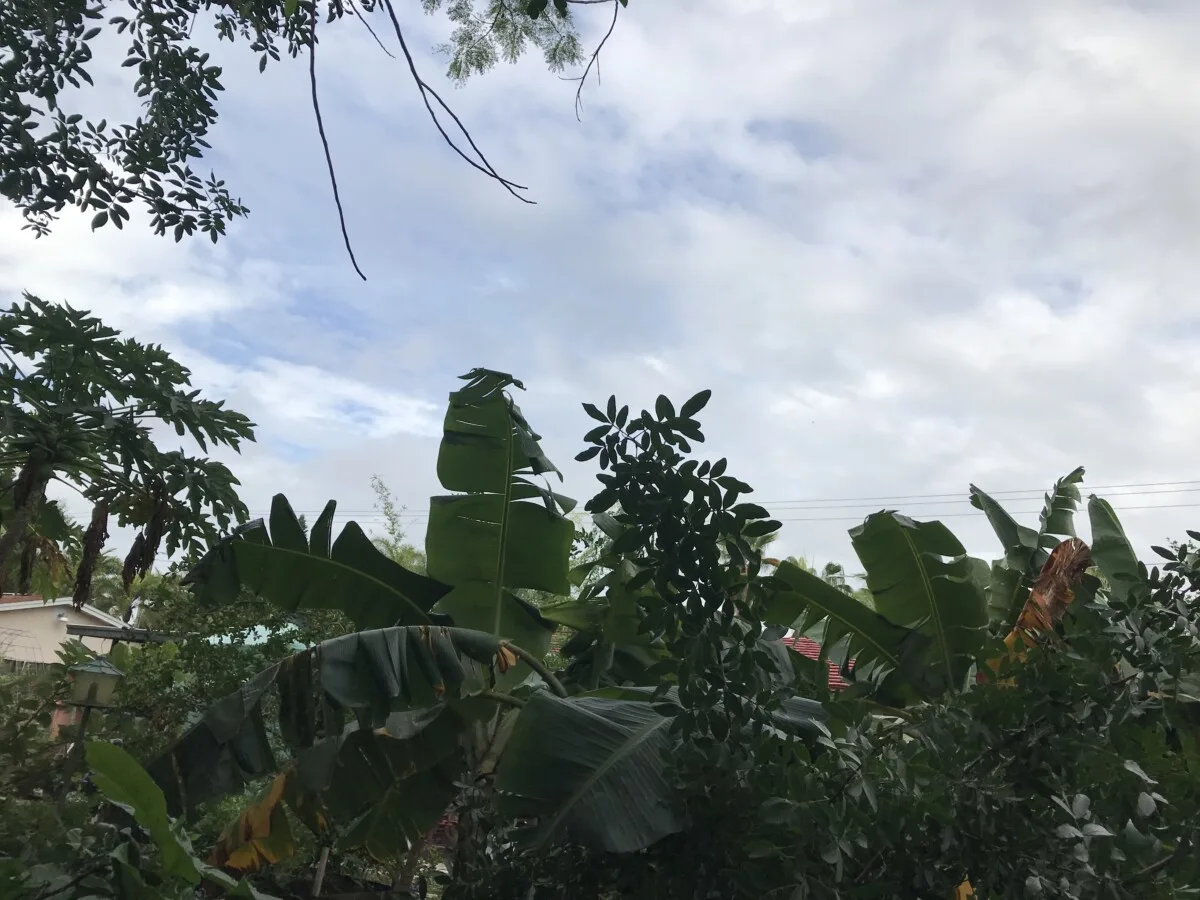
8. Adjust Irrigation for Winter Growth
Mid-winter is a good time to update the settings on your irrigation system. Lawns and ornamentals will require less water during their dormant period.
However, if you’ve sown winter crops, you may need to increase the frequency of watering in your vegetable beds. Winter is usually when the dry season starts in the southeastern states, so make sure you’ve adjusted your irrigation system to accommodate them.
9. Save Seeds
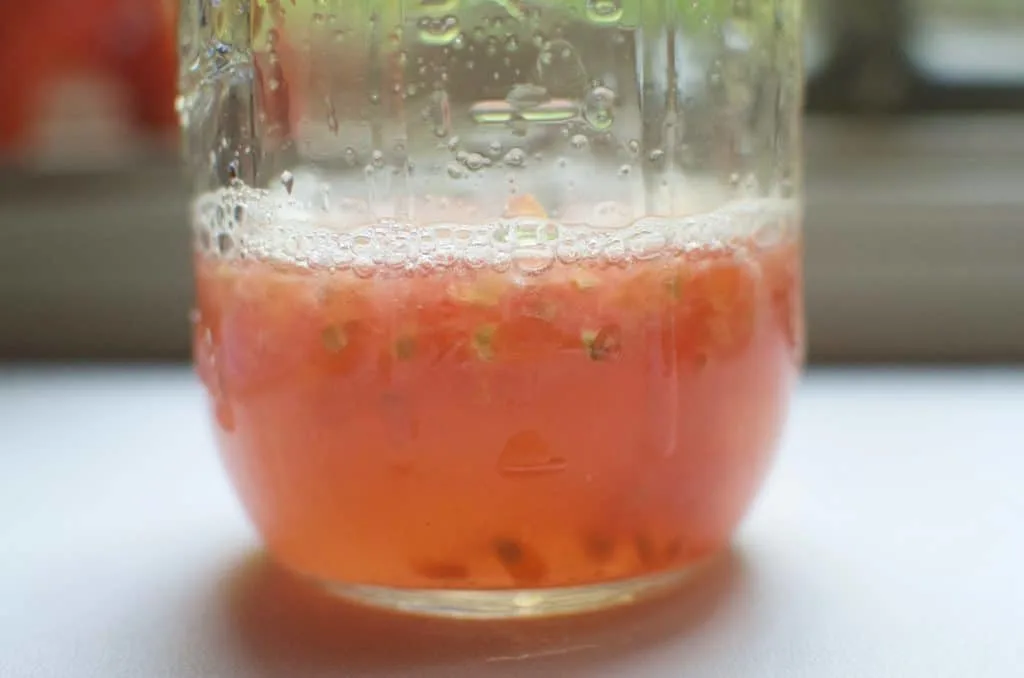
Fall tomatoes are good candidates for seed collection. Tomatoes are self-pollinating, with each flower pollinating itself to produce fruit. That means the chances of cross-pollination are very slim, and you can collect seeds and plant them with confidence that they didn’t hybridize.
Choose ripe specimens of healthy heirloom or open-pollinated plants that performed well in your garden. Ferment the inner pulp and seeds in a jar or glass of water for several days. This will remove the gelatinous pulp around the seeds, which works as a germination inhibitor.
Drain the seeds in a fine mesh strainer and rinse will cool water until all pulp is removed. Spread the seeds to dry. Collect once fully dry and store in a cool, dark place until ready to plant.
Here’s our total guide to saving tomato seeds for future planting.
10. Prep New Beds
Winter is an ideal time to prepare new no-dig garden beds for spring. This method enriches the soil and readies it for spring planting without the need for tilling or double-digging.
Choose a sunny spot with good drainage for your new garden bed. Lay down cardboard or thick layers of newspaper over the area to suppress weeds. Next, add a layer of compost or well-rotted manure. Then, alternate layers of dead leaves, straw, or hay.
On top of this, add green yard waste, like grass clippings or expired vegetable plants from the garden. Repeat the layers of greens and browns until you have a deep bed of “in-place” composting yard waste. Finish off with a layer of compost or topsoil.
Moisten each layer as you go to speed up the decomposition process. Then allow the bed to sit over the winter. The layers will break down and enrich the soil. By spring, your garden bed will be nutrient-rich and ready for spring planting.
11. Prepare for Cold Snaps
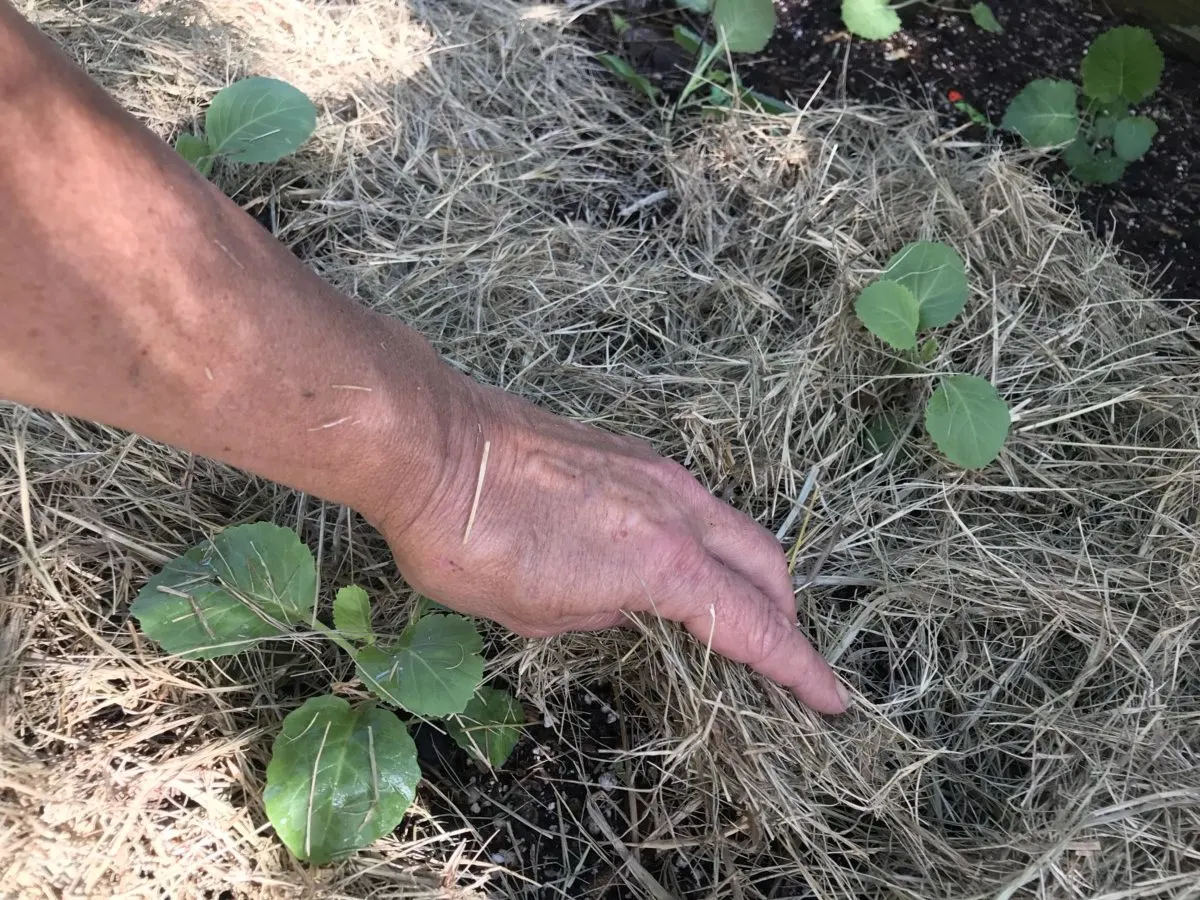
While extreme cold is rare in Zones 8-11, temperatures may reach freezing in the early hours of the morning during the occasional cold snap. And while they may not kill your plants, they can do enough damage to ruin any chance of a harvest.
Most brassicas and root vegetables are pretty cold-tolerant. But if you’re a southern gardener in Zones 9 or above and growing strawberries, eggplant, peppers, or tomatoes, you’ll need to be prepared.
Keep your eyes on the weather forecast and be ready to protect your plants. I’ve found the following steps have made it possible for me to protect even the most cold-sensitive of vegetables.
Water: Water your tender plants deeply the day before a cold snap.
Mulch: Add a thick layer of hay or straw around your plants. The longer the cold snap will be, the thicker you should mulch.
Cover: Cover plants with a frost blanket or floating row covers. You can also use blankets, sheets, or burlap. Make sure the cover extends to the ground on all sides. I use electric fence posts to support frost covers.
Aftercare: Remove covers as soon as the temperature rises in the morning. If the cold snap is prolonged, cover the plants each evening until conditions improve.
12. Wood Chip Mulching
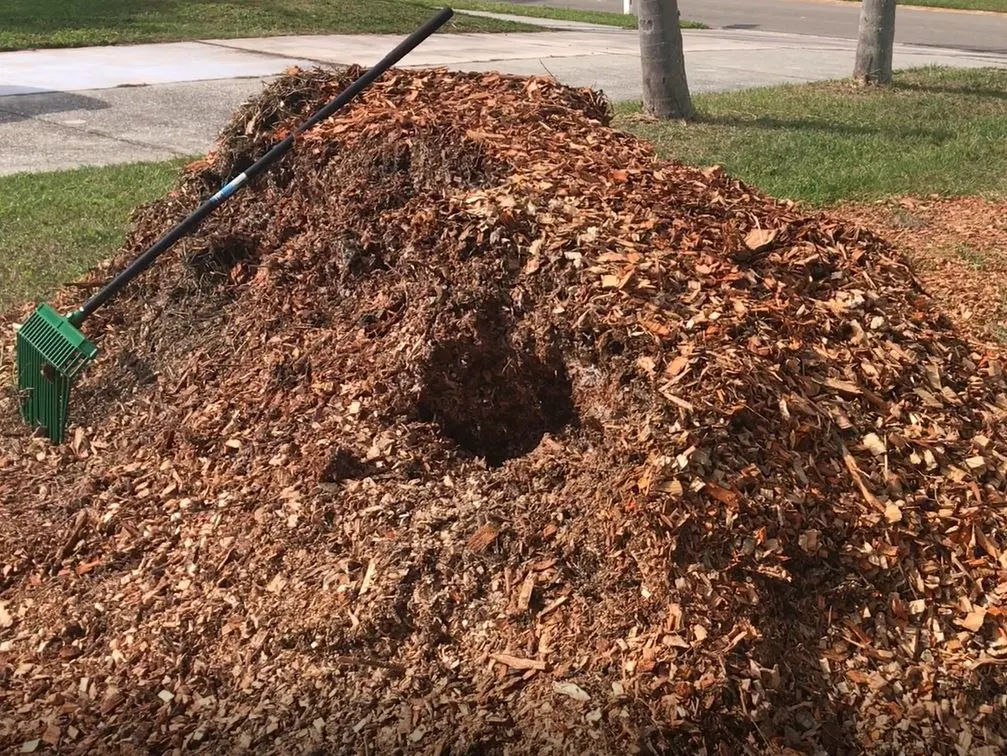
Midwinter is a good time to add wood chip mulch to your pathways, perennial beds, or around trees. any arborists and landscape companies have been busy trimming and clearing up woody debris from the storm season.
Sign up with ChipDrop.com to get on a waiting list for a free load of woodchips. You can also call around to local tree companies and let them know that you’re happy to take some woodchips off their hands.
13. Make and Apply Wood Ash
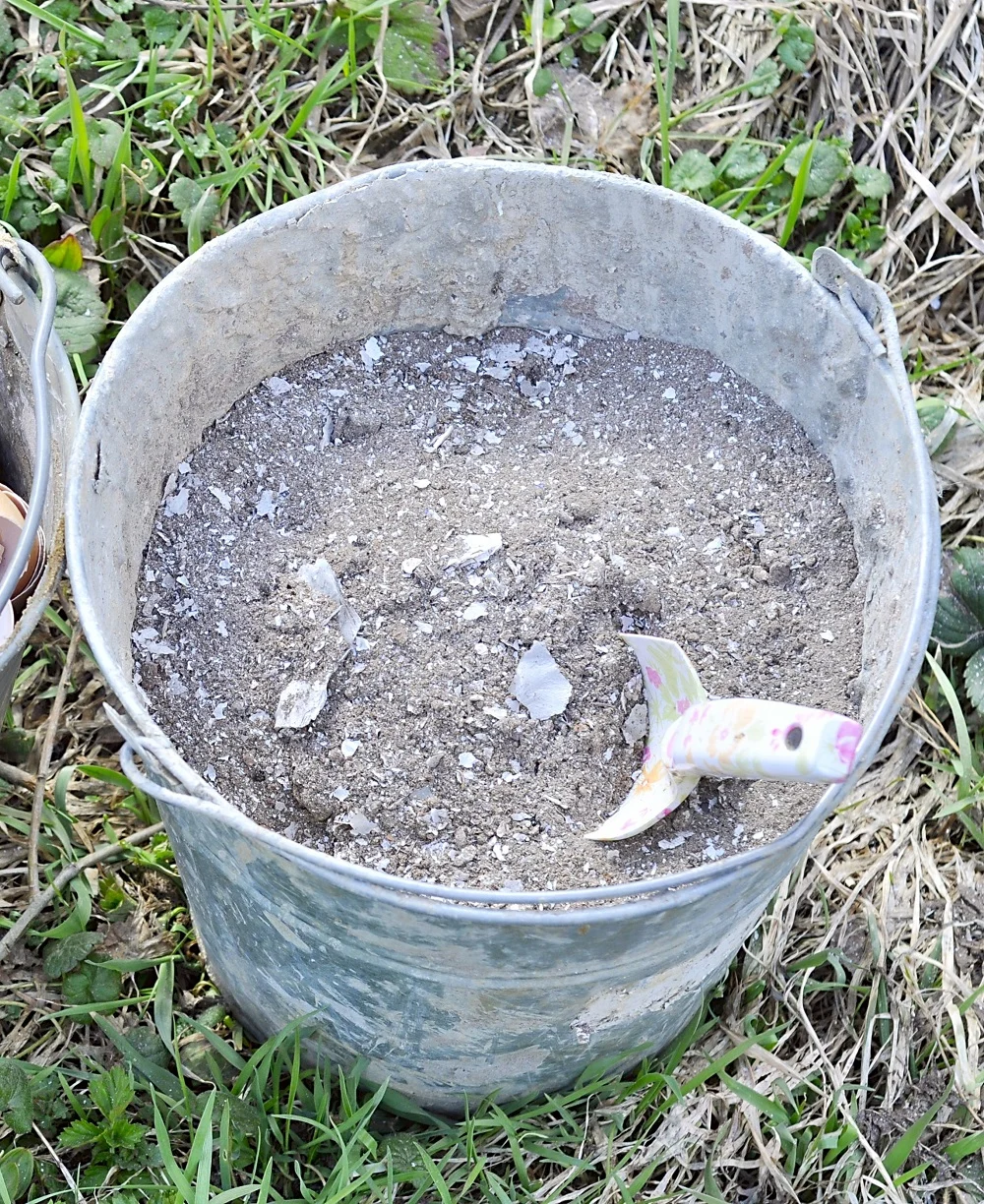
If you have a fire pit, you can make wood ash to raise soil pH, making it more alkaline. Soil pH is a critical factor for plant health, as it influences nutrient availability. Testing your soil’s pH and adjusting it with wood ash is the perfect wintertime chore for cold weather.
Purchase a DIY pH test kit at your local garden center or online. You can also check with your county agricultural extension office to ask what soil testing services they offer.
Load your firepit up with dry, untreated wood and make wood ash by allowing the material to turn completely to ash. Use a lawn spreader to apply the ash once it has cooled completely. Apply wood ash sparingly and use a rake to work it gently into the garden soil.
Avoid acid-loving plants like blueberries, elderberry, guava, and azaleas.
14. Start Long-Season Warm-Season Seeds Indoors
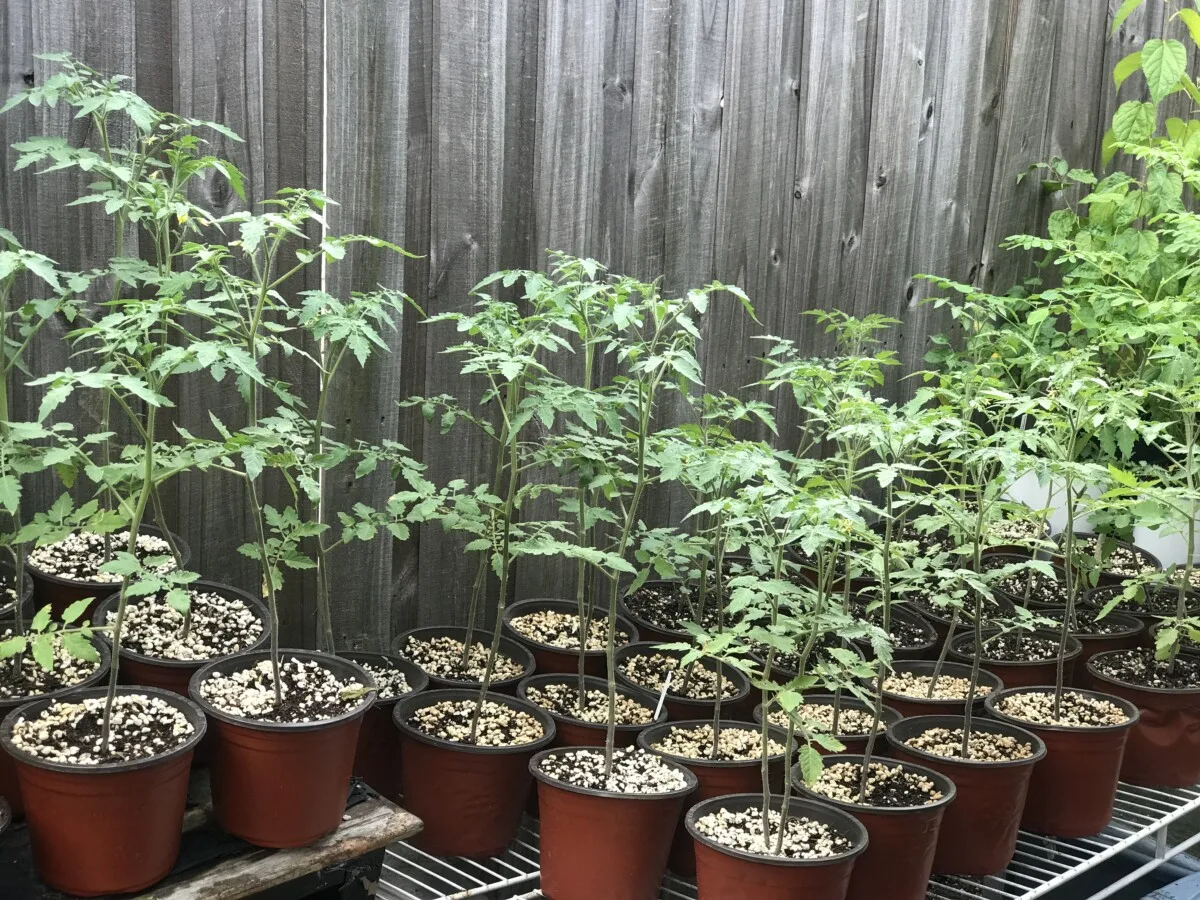
There are two types of seeds to start in midwinter to get a jump on spring planting.
The first are long-season warm-season crops, such as tomatoes, peppers, and eggplant. Sowing long-season crops indoors at midwinter lets you plant fully developed plants as soon as your last frost date has passed. This allows you to get a substantial harvest before hot weather, pest pressure, and heavy rains put an end to your gardening season in summer.
The second type to start at midwinter is another round of cool-season vegetables. This may be your last chance to grow broccoli or cabbage until next fall, so take the opportunity to sow more to preserve.
Late Wintertime Gardening Chores
Late wintertime chores take advantage of the lull between New Year’s Day and the first days of spring. New spring growth starts in mid-February when the planting schedule gets busy again.
Many of these chores are best done during dormancy. While dormancy may be hard to spot in warmer zones, I’ve found that January is a pretty reliable milestone for this purpose.
15. Prune Berry Bushes and Fruit Trees
Prune berry bushes and fruit trees in late winter when they’re dormant.
Blueberries
Rabbiteye and Southern Highbush blueberries thrive in the South. Look for a reduction in new growth as your cue to dormancy. Using freshly sharpened secateurs, cut out dead, diseased, or damaged branches, and thin to improve air circulation and light penetration.
Blackberries
Blackberries are great additions to gardens in the south, with thornless varieties leading in popularity. Cut back canes that fruited the previous summer at ground level. Thin to leave four to six healthy canes per row foot.
Mulberries
Red and black Mulberries thrive in Zones 8 to 10, and late winter is the best time to perform a hard prune that keeps them from overgrowing their allotted space. Remove dead or diseased branches and thin away any branches that are crossing or rubbing against each other. You can also shorten them significantly to keep them at a height that’s easier to harvest.
16. Propagate Hardwood and Semi-Hardwood Cuttings
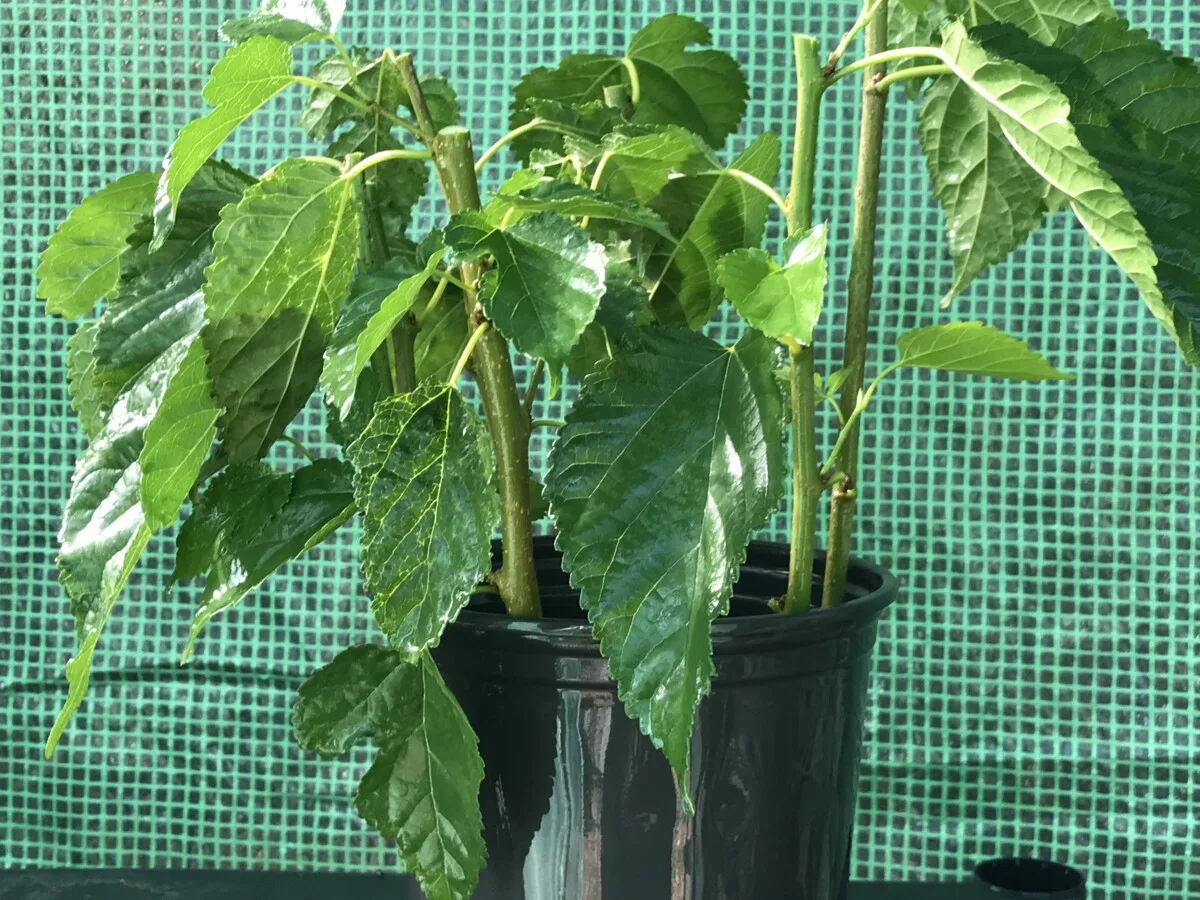
When pruning your fruit trees and bushes, take cuttings to propagate. Figs, pomegranate, persimmon, mulberry, peach, plum, citrus, loquat, avocado, mango, guava, and lychee trees are all good candidates.
Your success rate may vary, but if you have the urge to experiment with your existing trees, it’s worth trying. After sticking your cuttings, store them in a warm, humid place, such as a greenhouse, to root until late spring.
Related Reading: 40 Plants To Propagate From Hardwood Cuttings In Fall & Winter
17. Start Fast-Growing Warm Season Crops
Some warm-season crops are sensitive to the heat and humidity that starts to dominate the garden in May. For that reason, it’s a good idea to start seeds indoors in late winter. When you start them early, you’ll get more time to harvest before summer weather impacts these sensitive plants.
This includes cucumbers, melons, and squash. These plants can quickly outgrow normal cell trays, so use small pots or soil blocks to provide enough room for them to thrive until your last frost date passes.
18. Plant Seed Potatoes
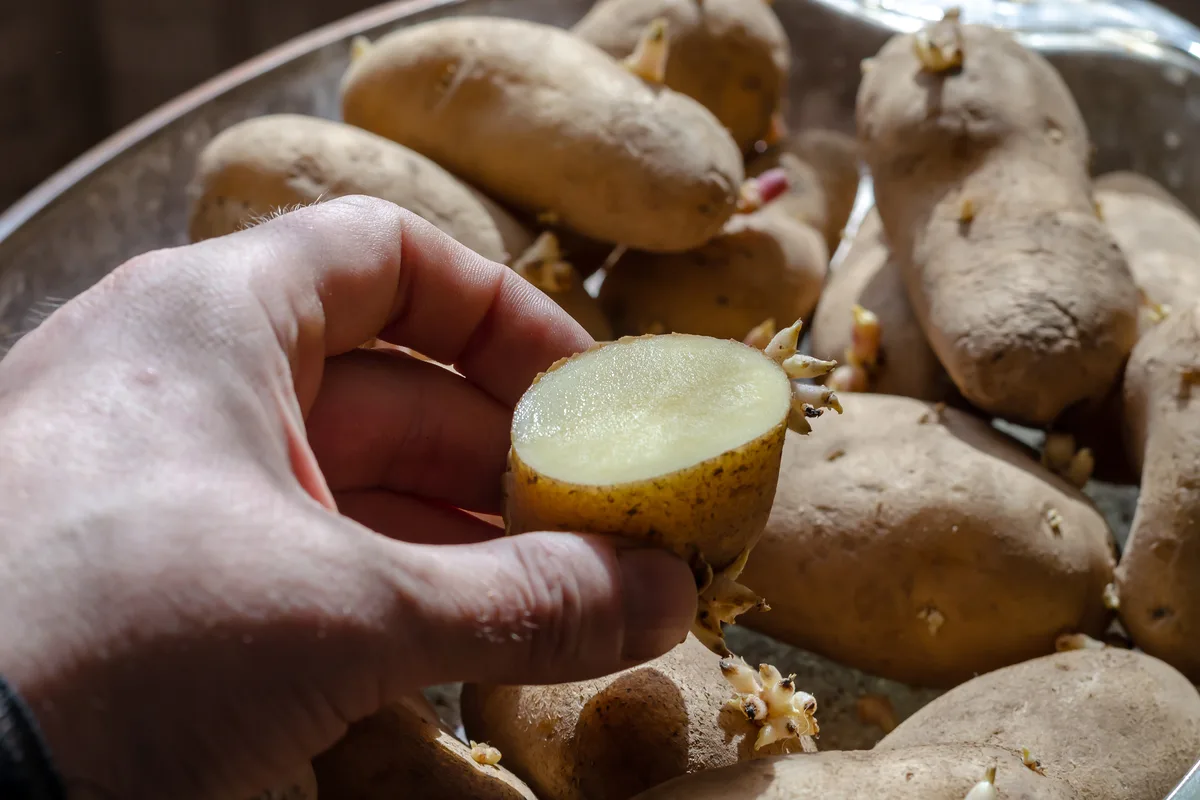
Late winter is an excellent time to plant Irish potatoes in the South. They grow well in our cool, dry spring weather when the chance of blight is at its lowest.
For best results, choose yellow (Yukon Gold) and red (La Soda and Pontiac) varieties, which mature faster than russet types. Russets can take too long to mature, which increases their chances of disease when the rainy season begins.
If you don’t have enough garden space to dedicate to potatoes, you can use large containers instead. I’ve even grown them in cardboard boxes! The boxes conveniently disintegrated just as they were ready to harvest.
19. Start Sweet Potato Slips
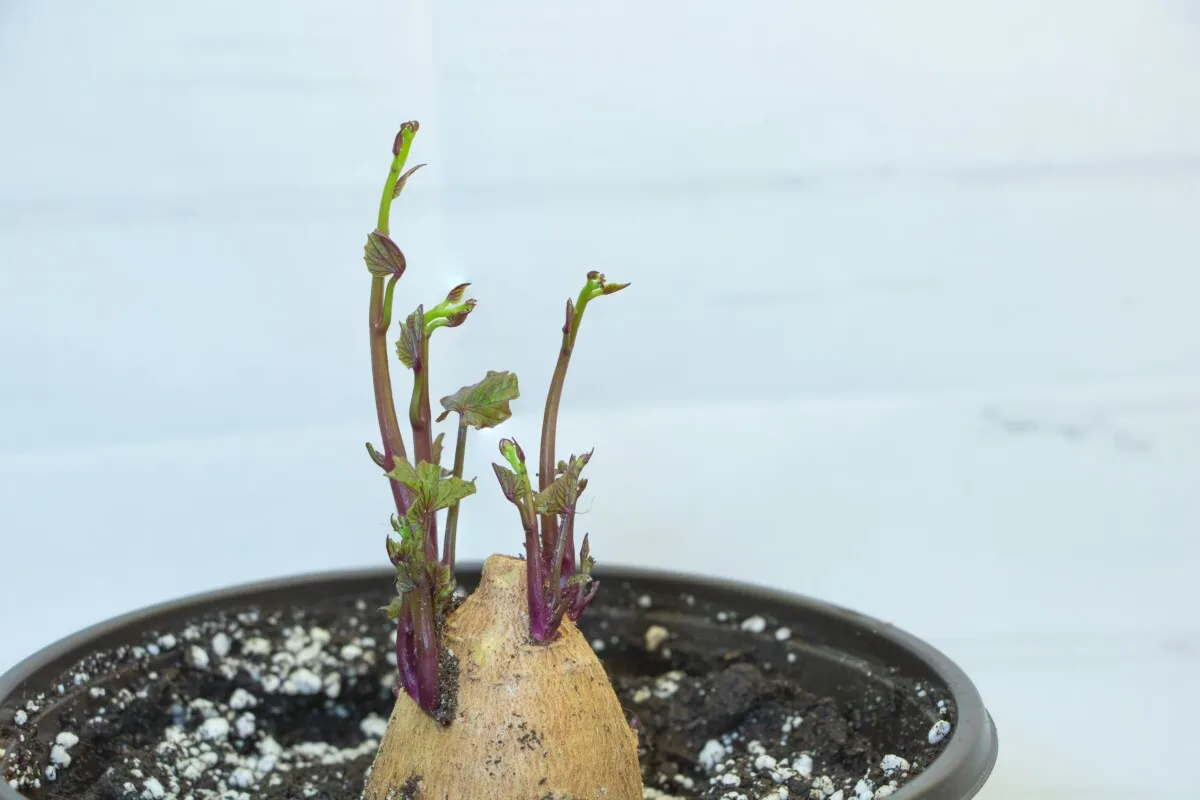
While waiting for your Irish potatoes to grow, you can start sweet potato slips. Find a shallow container about 4” to 6” tall and drill holes for drainage. Fill the container halfway up with potting soil. It doesn’t need to be particularly rich or fertile.
Choose sweet potatoes from your harvest earlier or purchase a few likely varieties from the grocery store. Look for organically grown ones, which will be less likely to have been sprayed with sprouting inhibitors. Choose those with plenty of “eyes.”
Lie the sweet potatoes down on the soil and then cover them the rest of the way with more soil. Water well and place the container somewhere warm and sunny. You’ll soon see sprouts coming out of the eyes.
You’ll get slips you can plant in about three to four months.
Once your Irish potatoes are harvested, you can replace them with sweet potato slips. The soil will already be loose, perfect for growing sweet potatoes. Just add some more organic matter to the plot or amend it with bone and blood meal.
They aren’t related plants, so you won’t have to worry about crop rotation.
20. Fertilize Fruit Trees
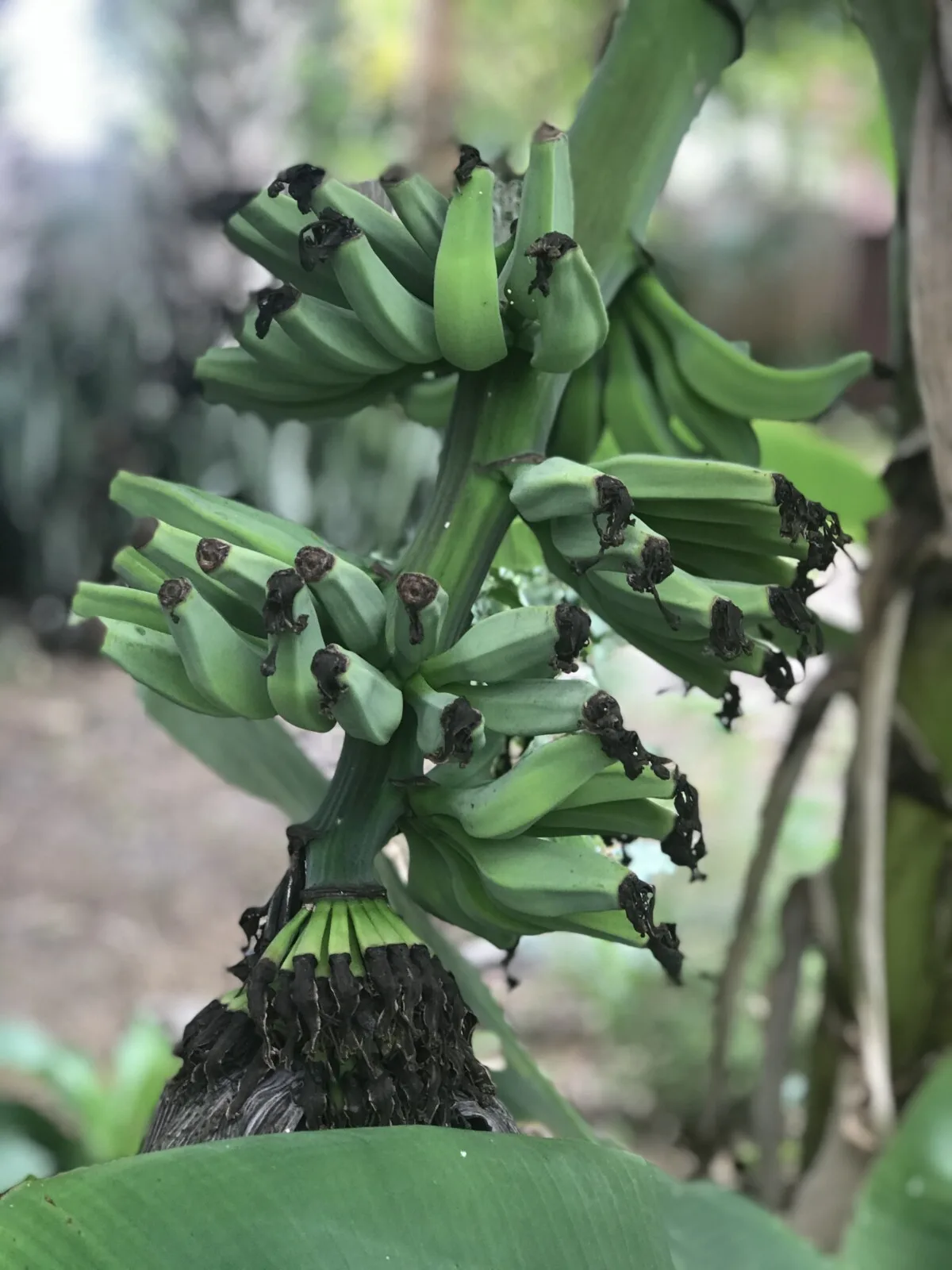
If you’re using organic fertilizers for your fruit trees, applying them just before the flowering season allows the nutrients to break down to a more usable form. Citrus trees flower in very early spring, so fertilizing them and other fruit trees in late winter is an effective feeding schedule for them.
Southern gardeners in Zones 9 to 11 find bananas an easy-care addition to their garden. While they are slow to grow over winter and fruit development stalls, provide them with plenty of fertilizer in late winter. This way, they can take advantage of the first fine day of spring. A 5-gallon bucket of fresh compost or a bag of composted manure applied in late winter will nourish them into production.
21. Lay Down Compost on Garden Beds
With our extended growing season, applying a layer of compost to vegetable beds helps keep them healthy and full of nutrients for growing plants. I find it best to refresh compost at least twice a year.
Apply a layer of compost to your garden beds in late winter to ensure it gets worked into the soil before you start planting out young and vulnerable starts.
Wintertime Chores for Warm Climate Gardening
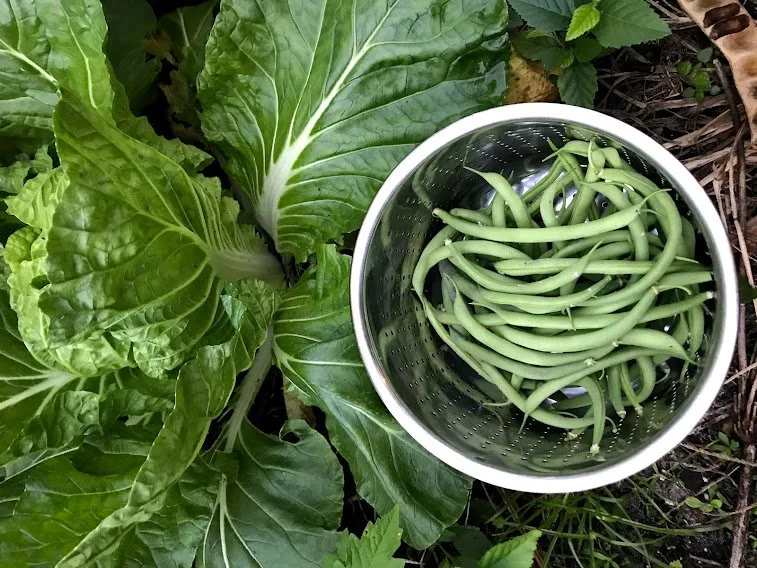
While I compiled this list for the Southeastern U.S., some of these wintertime chores may be just as applicable in other humid subtropical zones. The challenges we face are similar, and wintertime often provides the weather conditions we need to expand our gardening repertoire.
It sounds strange, but winter may offer the ideal conditions to grow favorite foods that will surely suffer during harsher conditions.
I hope that any gardener who enjoys mild or brief winter weather can gain some use from this list of wintertime chores.

Get the famous Rural Sprout newsletter delivered to your inbox.
Including Sunday musings from our editor, Tracey, as well as “What’s Up Wednesday” our roundup of what’s in season and new article updates and alerts.

